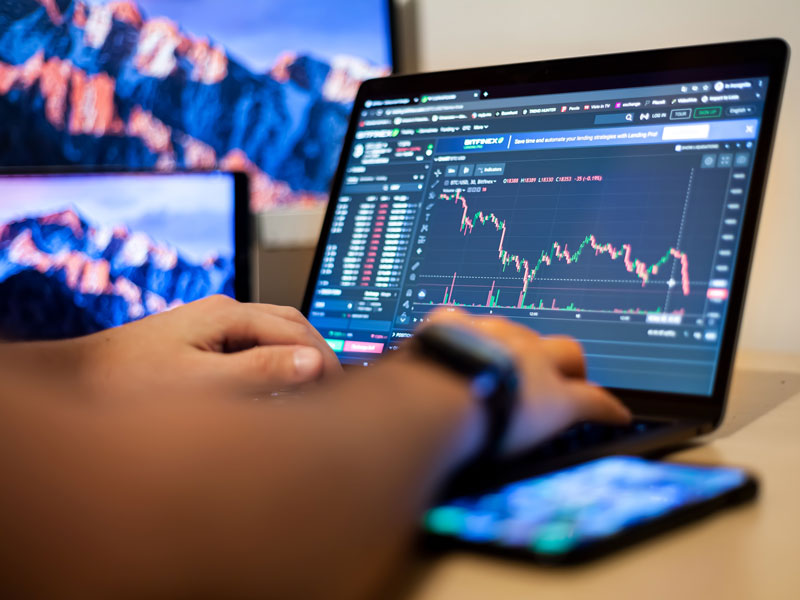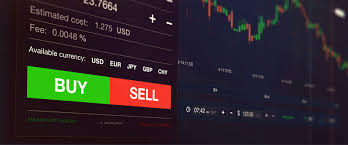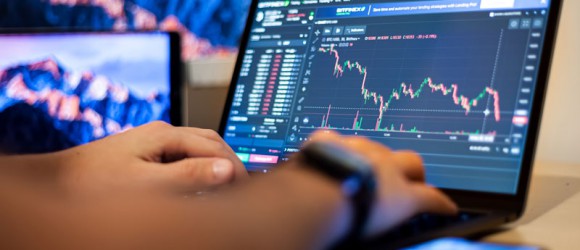
The Ultimate Guide to Forex Trading
If you are considering entering the exciting world of Forex trading, you are not alone. trading forex Trading Broker ID provides a variety of resources for both new and experienced traders. In this article, we will explore what Forex trading is, how the market functions, key strategies, and tips that can help you become a successful trader.
What is Forex Trading?
Forex, or foreign exchange, is the global marketplace for trading national currencies against one another. The Forex market is the largest financial market in the world, with an average daily trading volume exceeding $6 trillion. Forex trading involves buying one currency while simultaneously selling another, which is why currencies are traded in pairs like EUR/USD, GBP/JPY, and AUD/CAD.
How Does the Forex Market Work?
The Forex market operates 24 hours a day, five days a week, across various international locations. It consists of four major trading sessions: Sydney, Tokyo, London, and New York. This round-the-clock availability allows traders from different time zones to engage in currency trading at any time they choose.
Currency pairs are quoted in terms of a base currency and a quote currency. The base currency represents how much of the quote currency is needed to purchase one unit of the base currency. For example, in the currency pair EUR/USD, if the price is 1.20, it means that 1 Euro is equal to 1.20 US Dollars.
Types of Forex Trading
Forex trading can be categorized into several forms:
- Day Trading: Involves opening and closing trades within the same day to capitalize on short-term market movements.
- Swing Trading: A strategy that aims to capture short to medium-term price moves by holding positions for several days or weeks.
- Scalping: A highly rapid trading strategy where traders aim to profit from small price movements over short periods.
- Position Trading: A long-term trading strategy that involves holding onto currency positions for several weeks or months based on fundamental analysis.
Key Factors Influencing Forex Prices
Numerous factors influence currency price movements. Understanding these factors is crucial to becoming a successful trader:
- Economic Indicators: Key reports such as GDP, employment figures, and inflation data can significantly affect currency values.
- Interest Rates: Central banks set interest rates, which influence currency demand and price. Higher interest rates typically attract foreign capital, causing the currency to appreciate.
- Political Stability: Nations that are politically stable are more attractive to foreign investors, increasing demand for their currencies.
- Market Sentiment: Traders’ perceptions of future movements can cause price fluctuations based on news reports, economic indicators, and geopolitical events.

Technical Analysis in Forex Trading
Technical analysis involves studying past market data, primarily price and volume, to forecast future price movements. Traders utilize various tools and techniques, including:
- Charts: Visual representations of currency price movements over time help traders identify trends and make decisions.
- Indicators: Tools like Moving Averages, RSI (Relative Strength Index), and MACD (Moving Average Convergence Divergence) assist traders in analyzing price action.
- Support and Resistance Levels: These are price levels where currencies have historically tended to reverse direction, providing potential points for setting entry and exit orders.
Fundamental Analysis in Forex Trading
Unlike technical analysis, fundamental analysis focuses on the underlying economic, social, and political forces that drive currency value changes. Key aspects include:
- News Releases: Economic reports and news events can cause rapid price movements.
- Central Bank Policies: Decisions made by central banks regarding interest rates and monetary policy are crucial for understanding currency movements.
Choosing a Forex Broker
When starting your Forex trading journey, selecting the right broker is critical. Here are some factors to consider:
- Regulatory Compliance: Opt for brokers regulated by reputable authorities to ensure safety and transparency.
- Trading Platform: A good trading platform should be user-friendly, stable, and equipped with the necessary tools for analysis.
- Spreads and Fees: Compare the spreads and commissions offered by different brokers to maximize your trading profits.
- Customer Support: Reliable customer support can assist you promptly with any issues you might face while trading.
Risk Management Strategies
Effective risk management is essential for long-term success in Forex trading. Here are some techniques:
- Setting Stop-Loss Orders: This tool allows traders to limit potential losses by closing positions once a certain price level is reached.
- Position Sizing: Determine how much of your account you are willing to risk on any single trade to maintain a balanced and sustainable trading account.
- Diversification: Spreading risk across multiple currency pairs can help mitigate losses.
Conclusion
Forex trading can be a rewarding endeavor when approached with the right knowledge and strategies. By understanding the mechanics of the Forex market, implementing sound trading strategies, and practicing good risk management, you can enhance your chances of success in this dynamic environment. Remember that consistent practice and a disciplined approach are keys to thriving in the long term. Take advantage of resources like Trading Broker ID for further information and support as you embark on your Forex trading journey.



Comentarios recientes